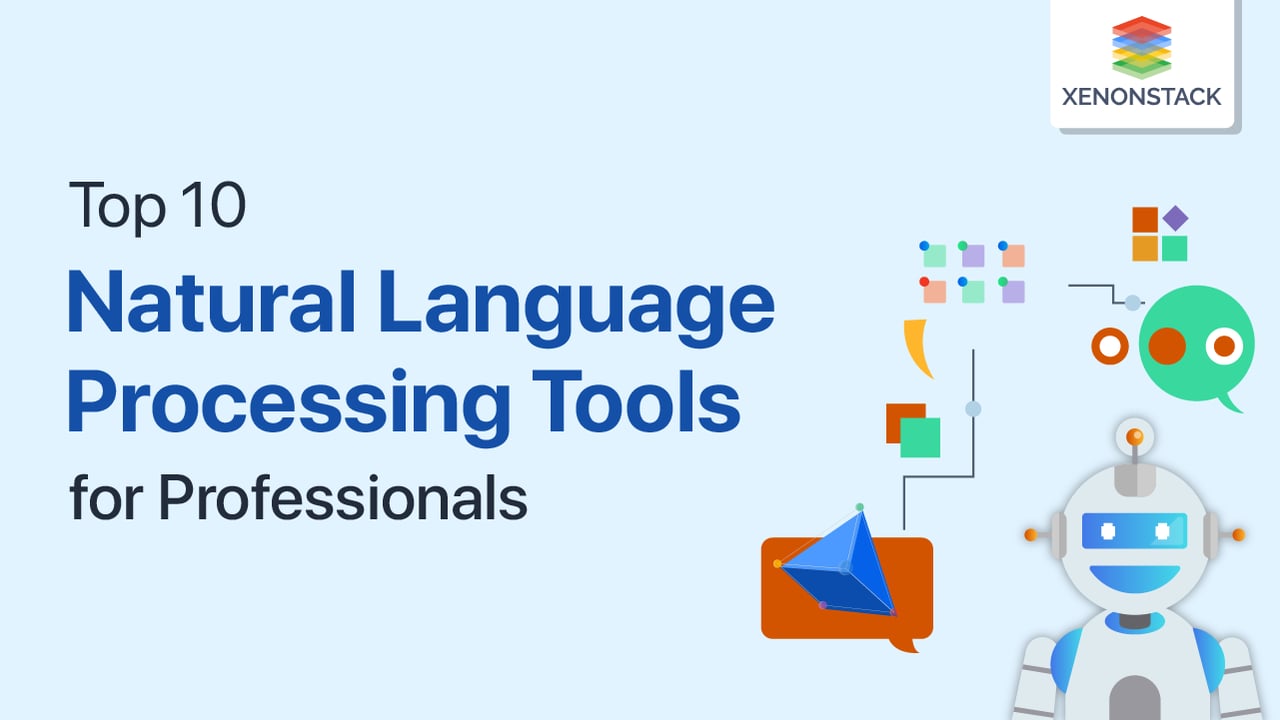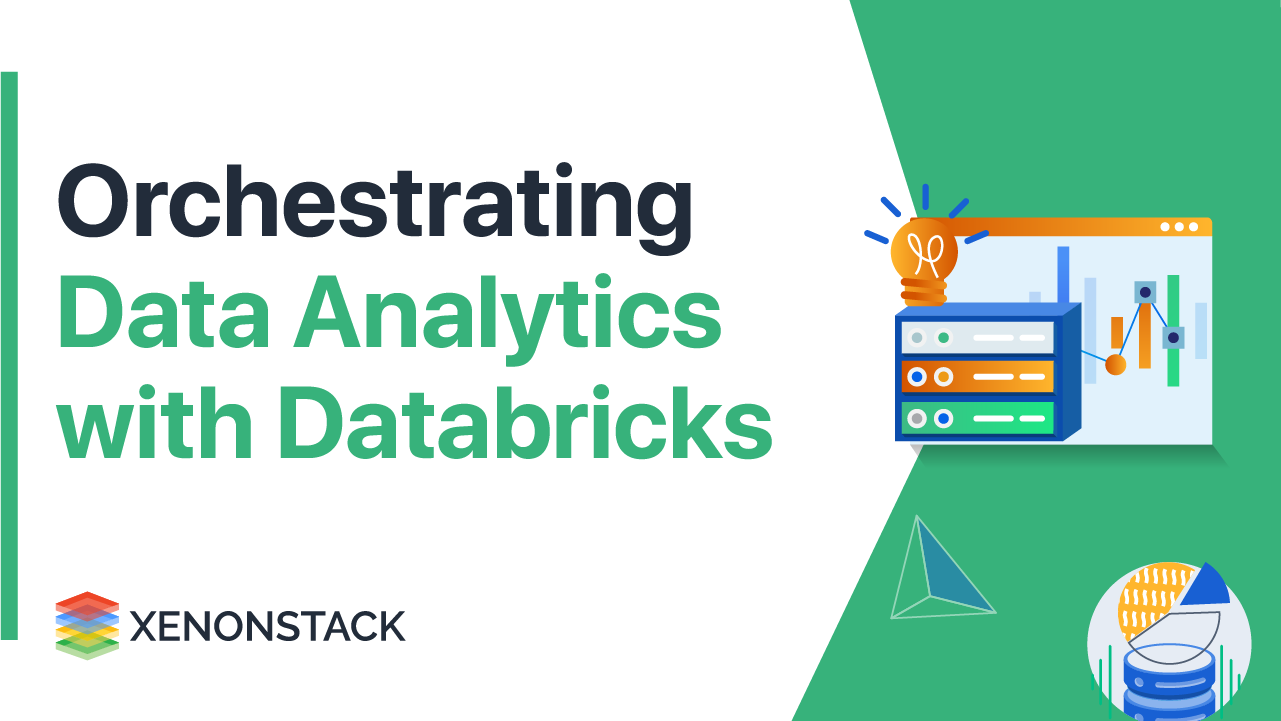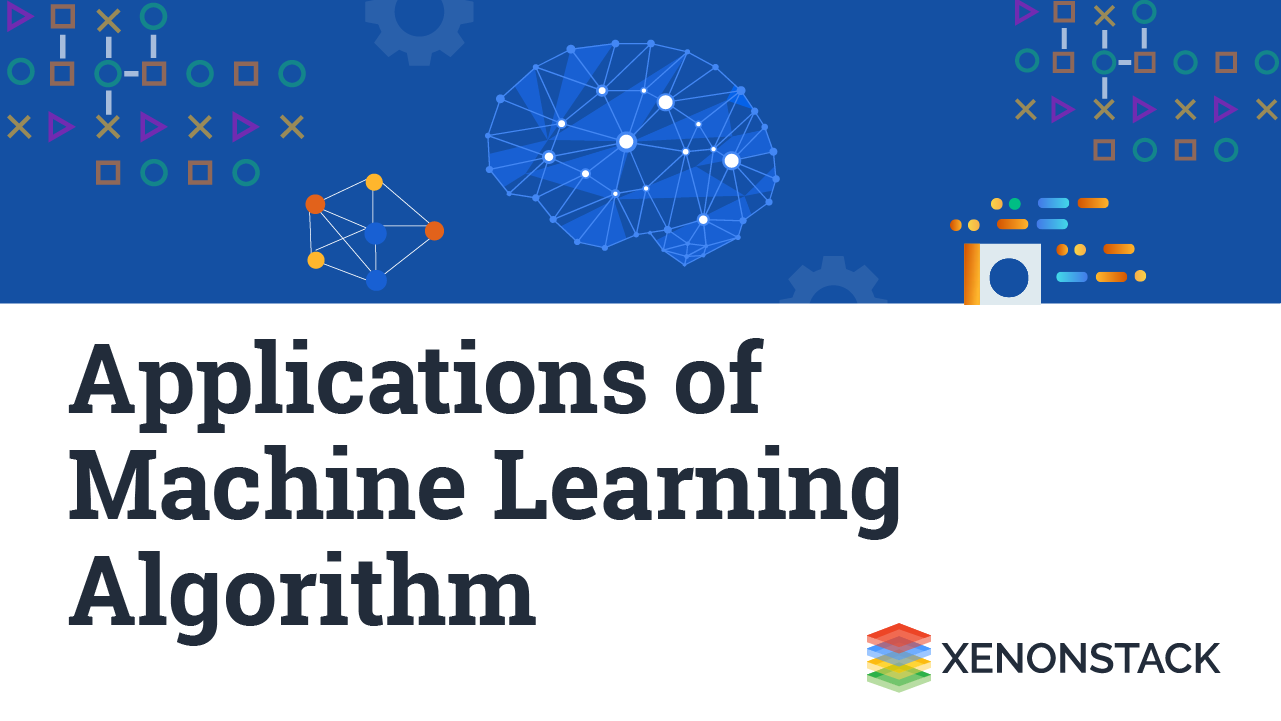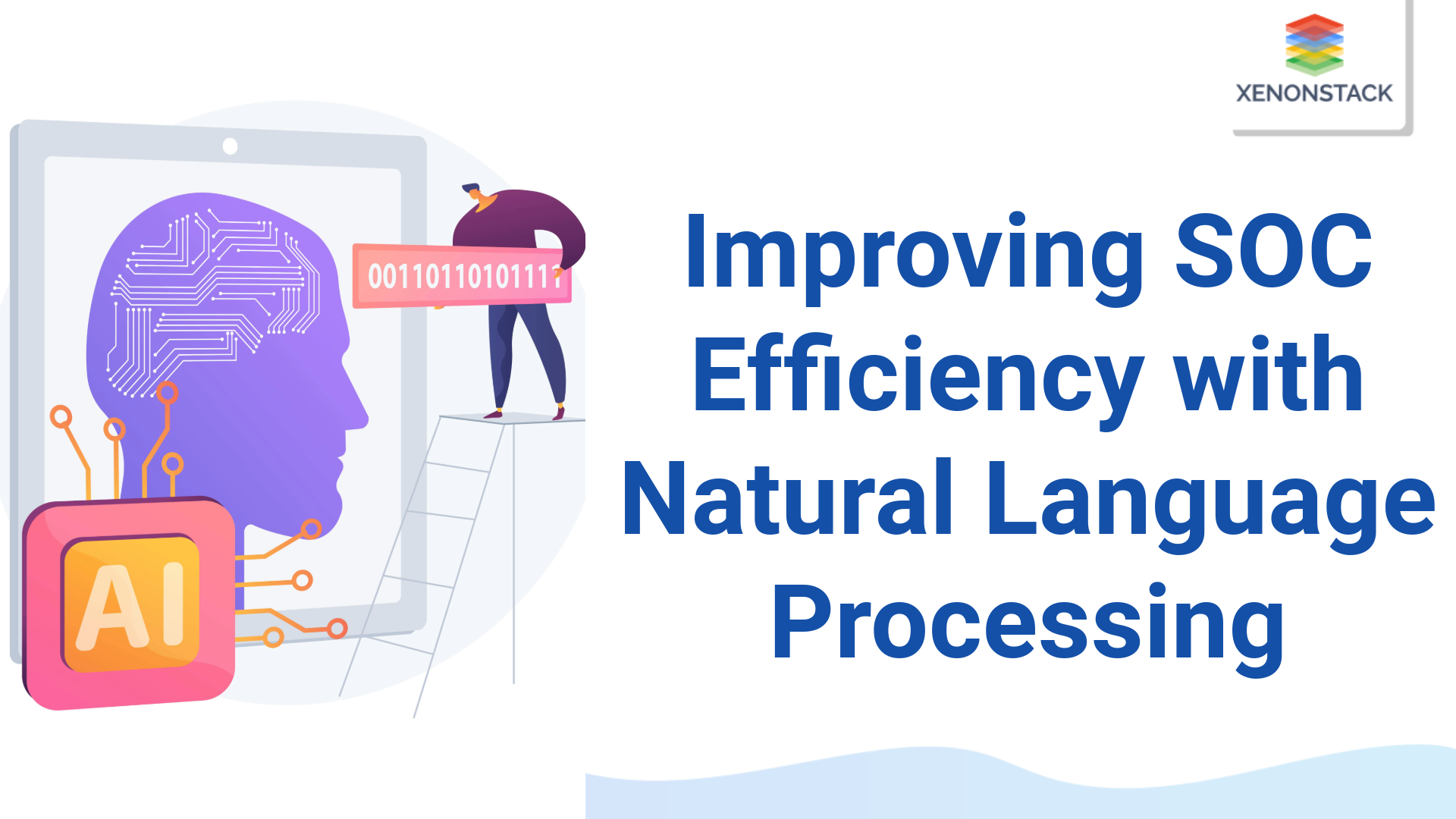
Introduction to Natural Language Processing
Natural Language Processing is a subset of Artificial Intelligence that deals with human language. NLP encodes the natural human language so the machine can interpret and understand it. It help us to apply statistical models and analysis on human language to gain inference and insight into human behavior, communication, and speech patterns.
Businesses and enterprises use it to understand customer behavior and market trends. They create applications to improve service delivery, such as Chatbots, Voice assistance, etc. These days it is also applied to filter out applications and documents or gain insights from textual documents. On the other hand, researchers use NLP to build complex statistical models to understand human behavior or replicate it.
A subset technique of Artificial Intelligence which is used to narrow the communication gap between the Computer and Human. Click to explore about our, NLP Evolution and its Future
With the rise in research and development of Natural Language Applications, it is essential to know about available Natural Language Processing Tools to choose the best combination of tools for the project. NLP Tools provide the functionality to perform it, such as tokenizing words, tagging parts of speech, etc.
What are the features of Natural Language Processing?
Some commonly used features are described below:
- Tokenization: It is the procedure of separating pieces of text into single units the machine can understand.
- Part of speech tagging: Tagging words based on their grammatical significance, such as nouns, verbs, etc.
- Bag of words: A subset of words from the dataset vocabulary, often used to vectorize data points. E.g., a movie can be vectorized based on words present and absent in its textual description.
- Named entity recognition: Locating and classifying named entities in textual data, such as company name, country, city, etc.
- Topic modeling: Unsupervised learning method to cluster documents under topics, done by studying and comparing the words used in the documents.
- Classification: Classification of objects based on the words used in their descriptions, tags, etc.
- Keyword analysis: Analyzing specific keywords used in textual data.
- Sentiment analysis: Recognizing and classifying sentiments expressed in sentences or documents.
Natural Language Processing Tools
NLP tools can be open-source libraries used for research and development of applications. On the other hand, these tools can also come in fully managed paid applications or software as a service, where the developers have operationalized their pre-trained models. Following are some commonly used tools :
NLTK
Natural Language Toolkit, or NLTK, is an open-source Python library that contains fully featured tools. It provides a wide variety of features such as tokenization, stemming, tagging, classification, a bag of words, etc., almost everything you need to work with natural language as a developer. NLTK stores the textual data in the form of strings. Thus it can take more work to integrate with other frameworks. It was built to support education and research in natural language processing.
SpaCy
SpaCy is also an open-source library under Python with optimized features and models for it. In NLTK, where one would have to choose tools from a wide variety of tools, SpaCy offers only a selected set of tools that are best among their competitors to save time and confusion for developers. SpaCy also works with text stored in the form of objects, making it easier to integrate with other frameworks.
Word2Vec
Word2Vec is an NLP tool used for word embedding. Word embedding is representing a word in the form of a vector. Words are converted to vectors based on their dictionary meaning, and these vectors can be used to train ML models to understand similarities or differences between words.
The e-government works on a task which is to adopt the application of modern technologies. Click to explore about our, Natural Language Processing in Government
Amazon Comprehend
Amazon’s Comprehend is software as a service. It gives the user inference from the analysis of textual documents. It simplifies the document processing job of the users by extracting text, key phrases, sentiment, topic, etc., from the documents. It also provides model training based on the classification of documents.
GenSim
GenSim is an open-source python library used for topic modeling, recognizing text similarities, navigating documents, etc. GenSim is very memory efficient and is a good choice for working with large volumes of data since it does not need the whole text file to be uploaded to work on it.
Core NLP
It is a Java-based open-source library used for parts of speech tagging, tokenization, and named entity recognition, as well as automatically decoding dates, times, and numbers. It is very similar to NLTK and has APIs for languages other than Java. It has the advantage of scalability and is faster processing textual data. CoreNLP offers statistical, deep learning, and rule-based NLP functionality, which is excellent for research purposes.
Google Cloud Natural Language
Google Cloud Natural Language API consists of pre-trained models for text classification, sentiment analysis, etc. It allows you to build your machine-learning models using Auto ML features. This API uses Google’s language understanding technology and thus is a perfect choice when working on projects that require high accuracy.
GPT
Generative Pre-trained Transformer is a tool created by OpenAI for text generation. It was trained on a sizeable textual dataset and can generate text similar to natural human language. GPT can be used to autofill documents, generate content for websites or blogs, etc.
CogCompNLP
CogCompNLP is a tool developed at the University of Pennsylvania. It comes in Python and Java and is stored locally or remotely for textual data processing. It provides functions such as tokenization, part-of-speech tagging, chunking, lemmatization, semantic role labeling, etc. It is capable of working with big data and remotely stored data.
TextBlob
TextBlob is another one of the python open source tools that are built upon NLTK. TextBlob includes a lot of NLTK functionalities without the complexity. Thus, it is a good choice for beginners. It also includes features from python’s Pattern library and can be used for production applications that do not have specific algorithmic requirements.
Conclusion
Natural language processing has many applications throughout the industry, from automatic form filling and analyzing resumes of thousands of applicants to creating 170 million parameter large language models that can generate text from keywords. Various its tools are available, open-source, and applications (software as a service) are developed by organizations. Tools like NLTK are industry classics that provide all the features required to build NLP applications. In contrast, applications like Amazon Comprehend provide pre-trained complex models that can be used to gain values, insights, and connections in text.
- Discover here about NLP vs NLU vs NLG
- Click to know about Google Cloud Natural Language Solutions


